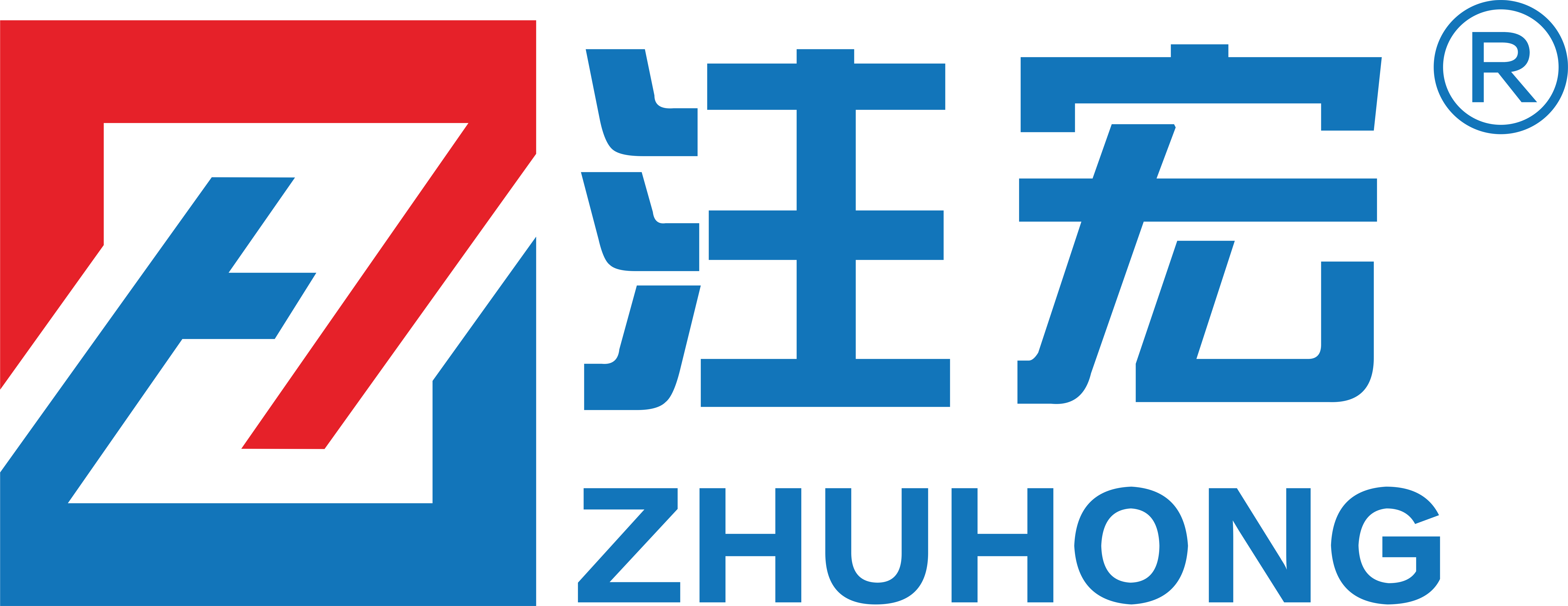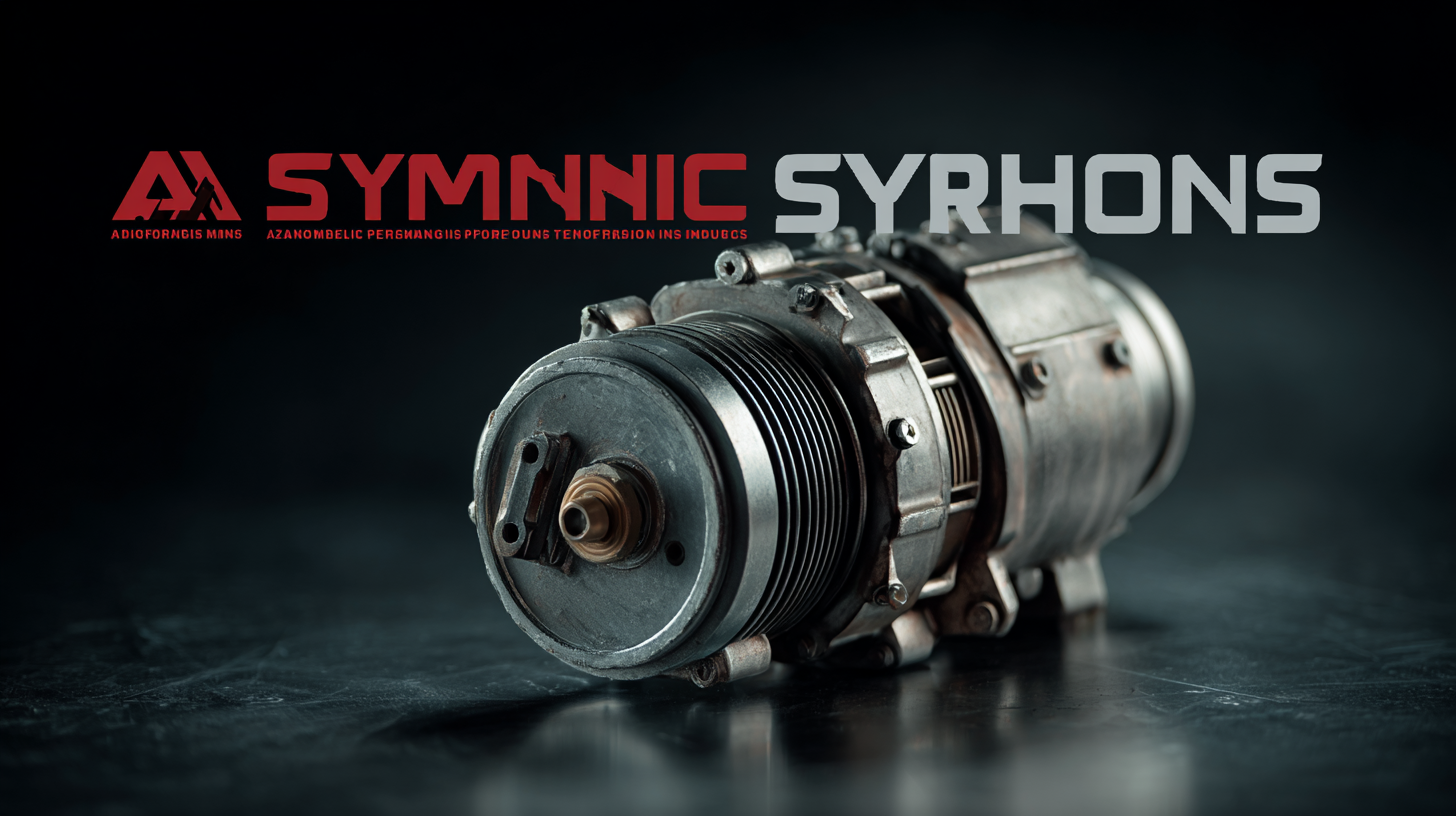Solutions for Outstanding Performance in Asynchronous Motors
In the realm of industrial applications, the performance of Asynchronous Motors has become a crucial focal point for engineers and manufacturers alike. As these motors are widely utilized due to their simplicity, robustness, and cost-effectiveness, optimizing their performance is essential to enhance operational efficiency and reliability. This blog explores various solutions aimed at improving the performance of Asynchronous Motors, focusing specifically on comparison types that highlight innovative approaches, technology advancements, and best practices. By analyzing different strategies and their impacts on motor efficiency, we aim to provide valuable insights for professionals seeking to maximize the performance of their asynchronous systems. Join us as we delve into the various solutions and their effectiveness, ultimately paving the way for outstanding performance in the dynamic landscape of motor applications.
Innovative Technologies Enhancing Asynchronous Motor Efficiency
Innovative technologies are continuously reshaping the performance landscape of asynchronous motors, a critical component in many industrial applications. Recent advancements in materials and design have led to the development of high-efficiency stator and rotor configurations, which significantly reduce energy losses during operation. By incorporating advanced laminations and better conductive materials, manufacturers are achieving higher magnetic performance, which translates to improved torque and operational efficiency.
Moreover, the integration of smart technologies into asynchronous motors is paving the way for enhanced performance monitoring and management. IoT-enabled sensors and AI-driven analytics allow for real-time performance tracking and predictive maintenance. These innovations not only help in diagnosing inefficiencies but also optimize the motor's operational parameters, ensuring that they function at peak efficiency. As a result, industries can expect reduced energy consumption, lower operational costs, and longer equipment lifespans, marking a significant leap forward in motor technology.
Key Advantages of Asynchronous Motors in Global Manufacturing
 Asynchronous motors have emerged as a cornerstone of modern global manufacturing, driving efficiency and reliability in various applications. One of the key advantages of these motors lies in their simple design and robust construction. Unlike synchronous motors, asynchronous motors do not require complex control mechanisms, resulting in lower initial costs and reduced maintenance requirements. This simplicity allows manufacturers to streamline operations and focus resources on optimization rather than troubleshooting.
Asynchronous motors have emerged as a cornerstone of modern global manufacturing, driving efficiency and reliability in various applications. One of the key advantages of these motors lies in their simple design and robust construction. Unlike synchronous motors, asynchronous motors do not require complex control mechanisms, resulting in lower initial costs and reduced maintenance requirements. This simplicity allows manufacturers to streamline operations and focus resources on optimization rather than troubleshooting.
Another significant benefit of asynchronous motors is their adaptability to a wide range of operating conditions. These motors can handle fluctuating loads and varying speeds, providing manufacturers with flexible solutions for diverse production needs. Additionally, they exhibit excellent performance under high starting torque, making them ideal for heavy-duty applications. With efficiency ratings continually improving, asynchronous motors contribute to lower energy consumption, aligning with global sustainability goals. Their versatility and efficiency position them as essential components in the quest for outstanding performance across manufacturing sectors.
Performance Optimization Strategies for Asynchronous Motors
Asynchronous motors, widely used in various industrial applications, can benefit significantly from performance optimization strategies. One effective approach is to ensure proper sizing and selection of the motor for specific applications. Matching the motor’s power rating, speed, and torque requirements with the application's demands not only enhances efficiency but also reduces energy waste, thus leading to better overall performance.
Another crucial strategy involves implementing advanced control techniques. Utilizing variable frequency drives (VFDs) allows for precise control over motor speed and torque, adapting to load variations in real time. This adaptability not only improves energy efficiency but also prolongs the lifespan of the motor by reducing stress during operation. Additionally, regular maintenance and monitoring of motor health through predictive maintenance techniques can help identify potential issues before they escalate, ensuring consistent performance and reliability.
By focusing on these optimization strategies—proper motor selection and advanced control methods—industry professionals can unlock the full potential of asynchronous motors, leading to enhanced operational efficiency and reduced operational costs.
The Role of China in Asynchronous Motor Export and Production
China has emerged as a dominant player in the global market for asynchronous motors, significantly impacting both production and export dynamics. The country’s robust manufacturing infrastructure, combined with advancements in technology, has positioned it at the forefront of the industry. Chinese manufacturers leverage economies of scale and streamlined production processes to produce high-quality asynchronous motors at competitive prices, meeting the growing international demand.
Moreover, the Chinese government’s support for the electrical equipment sector has catalyzed innovation and efficiency. Initiatives aimed at enhancing research and development have led to the design of more energy-efficient motors, which are crucial for various industrial applications. As a result, China not only supplies a vast array of asynchronous motors but also plays a vital role in setting global standards for performance and sustainability, thus shaping the future of this essential technology.
Future Trends in Asynchronous Motors: Driving Global Industrial Standards
The future of asynchronous motors is intricately tied to the evolving landscape of global industrial standards. As we witness unprecedented economic growth and industrial expansion, the demand for efficient and effective induction motors continues to rise. Technological innovations, particularly in electrification, are pivotal in transforming how these motors function. By transitioning away from fossil fuel-dependent technologies to electrified systems, industries are not just enhancing performance but also aligning with environmentally sustainable practices.
Moreover, the induction motor market is poised for significant growth, driven by a confluence of factors including regulatory changes and advancements in Industry 4.0 technologies. The increasing integration of automation and smart technologies is leading to enhanced operational efficiencies in various sectors, from manufacturing to oil and gas. As these trends unfold, the global induction motor market is expected to reach remarkable valuations, showcasing the essential role of asynchronous motors in supporting a more sustainable and technologically advanced industrial future.










 Asynchronous motors have emerged as a cornerstone of modern global manufacturing, driving efficiency and reliability in various applications. One of the key advantages of these motors lies in their
Asynchronous motors have emerged as a cornerstone of modern global manufacturing, driving efficiency and reliability in various applications. One of the key advantages of these motors lies in their 